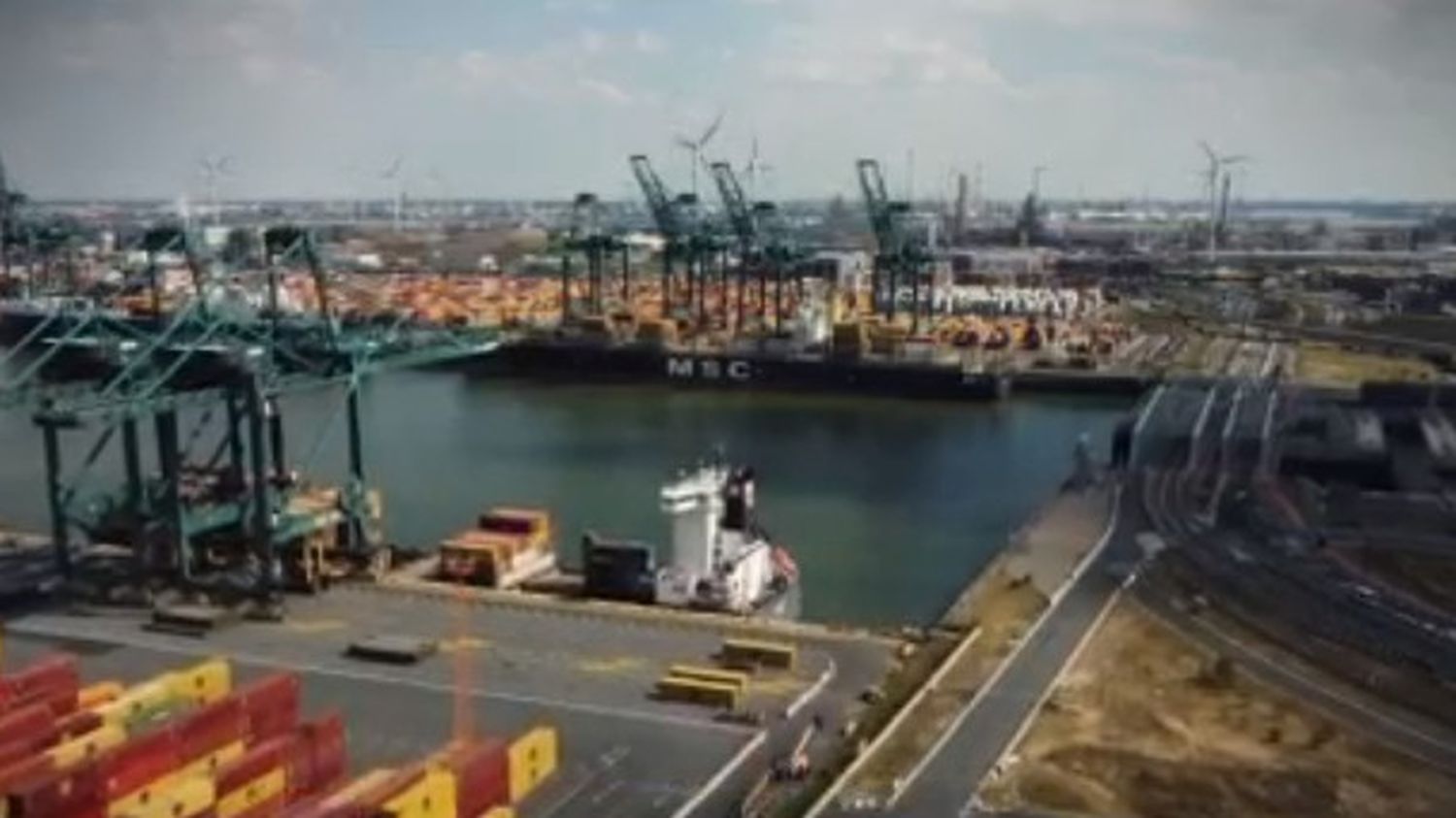Posted
Update
Article written by

The cocaine transits through the port of Antwerp, Belgium. If the number of seizures has exploded, the market remains enormous, estimated at between 50 and 60 billion euros per year.
With its 12 million containers per year and its thousands of ships, the port of Antwerp (Belgium) covers an area larger than the city of Paris. It has become the gateway to cocaine in Europe. Every day, a hundred containers, considered as suspects, are confused. They are then analyzed by customs officers, who can open them and search them, sometimes for several hours. The mission is complex, because the cocaine sometimes hides in unsuspected places: in a Cadillac, a fridge, in the middle of bananas or in tree trunks. “We have to constantly adapt. They change faster than we can find them”comments Stephan Legein, Deputy General Administrator of Customs.
The number of seizures in Antwerp has exploded, going from 4.7 tons in 2013 to 89 tons in 2021. A drop in the bucket, according to the authorities, which would represent only 10% of the drugs transiting through the port . For 25 years, Paul Meyer was one of the biggest traffickers in Antwerp. In the presence of a team from France Télévisions, he proves that access to the unloading docks is very simple, although they are in theory forbidden to the public. For traffickers, attracting the services of port agents is child’s play.
In Antwerp, cocaine trafficking is estimated at more than 50 billion euros per year, the equivalent of 10% of Belgium’s GDP. Moving a container or closing your eyes can pay off big. “We are talking about 10,000 to 50,000, even 70,000 euros”clarifies Paul Meyer.
